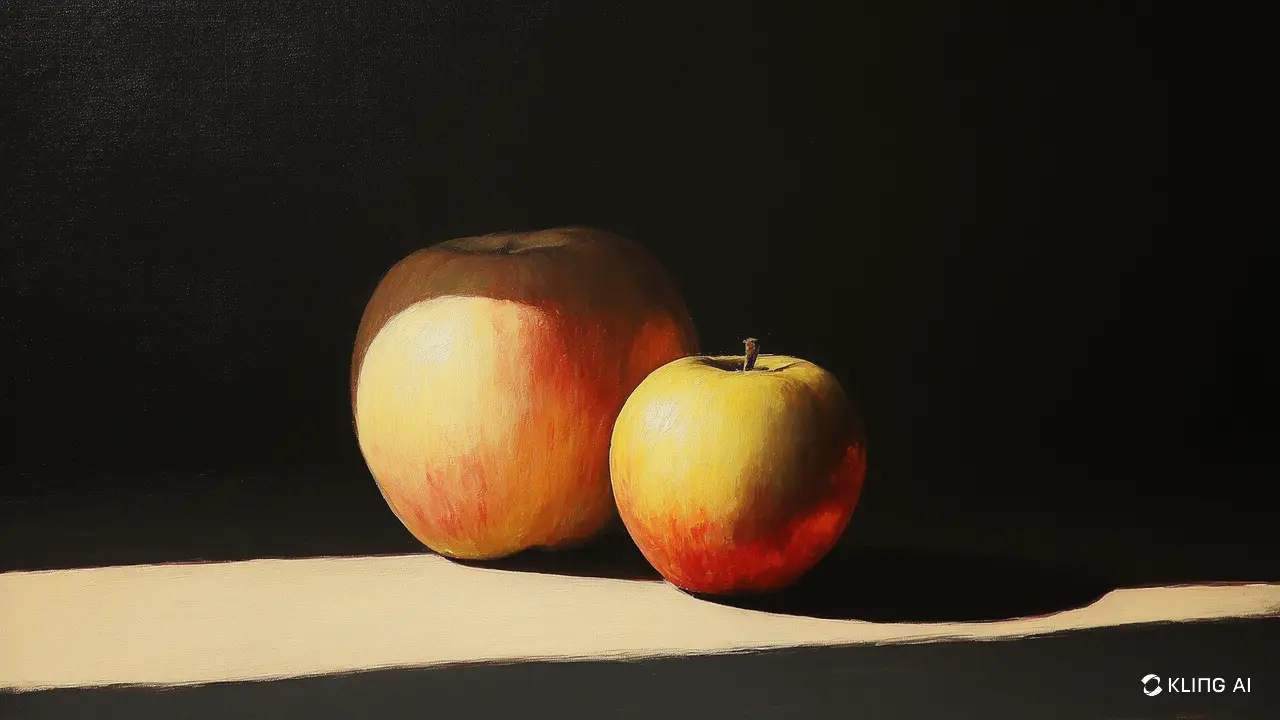How to Draw Shadows: Realistic Lighting Techniques

🌗 How to Draw Shadows – The Complete Guide to Realistic Light & Shadow in Drawing (2025)
Shadows are the key to turning flat drawings into dynamic, lifelike illustrations. Whether you're drawing a portrait, a still life, or an environment, understanding how light interacts with form is essential for adding realism, drama, and mood.
In this complete 2025 guide, you'll learn how to draw shadows step-by-step, from the placement of the light source to the subtle glow of reflected light.
☀️ Section 1: Understanding the Light Source – Direction Defines All
Before adding any shadows, always establish your light source. This determines everything about your lighting scheme.
🔆 Common Light Directions:
Top Light (Noon sun, overhead bulb): Short shadows underneath
Side Light (Windows, sunsets): Half in light, half in shadow—ideal for dramatic contrast
Front Light (Flash photography, softbox): Flattens features, minimal shadows
Back Light (Silhouettes): Creates rim light and sharp outlines
Lighting Tip: Draw a tiny sun or lamp in the corner of your page to stay consistent.
⚫ Section 2: Core Shadows – The Heart of Shading
Core shadows are the darkest areas on the object itself, where the light doesn’t reach directly.
🧩 Characteristics of Core Shadows:
Always fall on the side opposite the light
Have soft transitions into mid-tones
Are bordered by a terminator line (where light ends, shadow begins)
🎯 Shading Practice:
Draw a sphere and place a light source from the top left
Observe how the core shadow forms a curved band on the lower-right side
Blend from mid-tone → core shadow → darkest near the edge, but not on the edge itself
Pro Tip: The darkest part is not at the edge, but just inside the form.
🪞 Section 3: Cast Shadows – Where Form Meets Surface
Cast shadows are what the object projects onto surrounding surfaces. They are vital for anchoring the object into space.
🪶 Cast Shadow Characteristics:
Sharpest near the base of the object
Blurrier and lighter as they move away (penumbra)
Mimic the shape of the object, stretched based on light angle
🖼 Cast Shadow Applications:
Draw a cube under a side light
Observe how its shadow stretches across the ground
Use straight lines from light source through object edges to project accurate shadows
Cast Shadow Tip: Hard light (sunlight) = sharp shadows. Soft light (cloudy day) = blurred edges.
🕳️ Section 4: Occlusion Shadows – Small, Deep Darks
Occlusion shadows are the darkest of all shadows, found where light is completely blocked—like corners, crevices, or contact points.
🔲 Common Occlusion Areas:
Where the object touches the ground
Under armpits, in collarbones, behind ears
Inside folds of fabric or architectural nooks
🖤 Rendering Tip:
Use compressed graphite or a soft digital brush
Keep these shadows tight, small, and blackest in value
Realism Tip: These small accents can instantly increase believability in your drawing.
💡 Section 5: Reflected Light – Subtle Glow from Nearby Surfaces
Reflected light is the soft glow that bounces off surrounding objects or surfaces and lights up the shadow side.
🔄 How It Works:
Light hits a nearby surface
That surface reflects some light back onto the object’s shadow side
Most visible near white walls, bright floors, or skin-on-skin contact
✏️ Rendering Reflected Light:
Add a slight light gradient in the shadows, nearest the bounce source
Never brighter than the lit side
Use for materials like skin, metal, marble, and polished wood
Glow Tip: Reflected light adds roundness and realism—without it, shadows feel dead.
💻 Digital Workflow for Shadow Drawing
Whether you’re working traditionally or digitally, the same lighting logic applies. Here’s a digital-friendly process:
🧱 Layer Strategy:
Line Art or Base Form
Flat Color/Grayscale Fill
Core Shadows (Multiply Layer)
Cast Shadows (Separate Layer)
Reflected Light (Soft Brush / Overlay)
Highlights + Ambient Glow
🖌 Best Digital Brushes:
Soft Round for smooth core transitions
Hard Round or Chalk for cast edge definition
Airbrush for gentle reflected glow
Occlusion Dot Stamp (custom): Quick under-contact shadow
Digital Tip: Use reference photos or 3D models to double-check shadow shapes and gradients.
🎨 Bonus Practice Prompts – Strengthen Your Light Logic
✏️ Draw a sphere, cube, and cone under a single light source
🖼️ Photograph a still life, then recreate the shadows from scratch
🧱 Design a room corner using multiple objects and bounce lighting
🪞 Experiment with chrome or glass—focus on reflected shadow play
🌑 Final Thoughts – Draw Shadows That Make Your Art Shine
Shadows aren’t just “the dark parts”—they are the shape of light, the sculptor of volume, and the soul of realism. Mastering shadow placement and softness will elevate your drawings from flat to dimensional, from nice to “wow!”
So study your light source, find the dark spots—and let your shadows speak for your art.